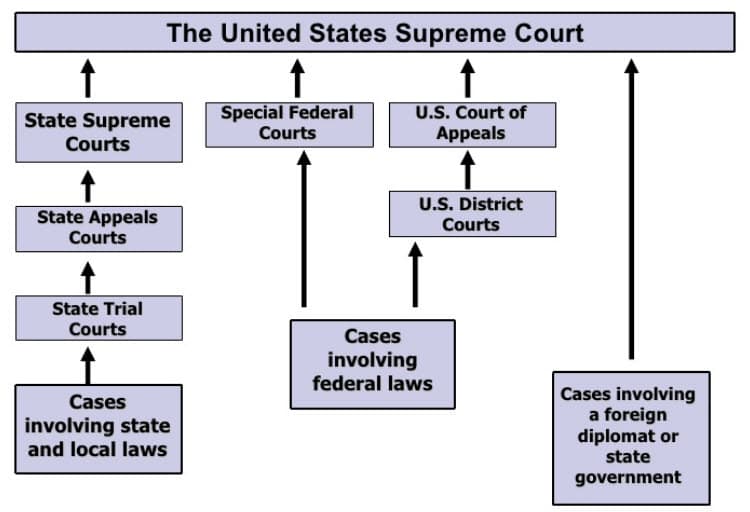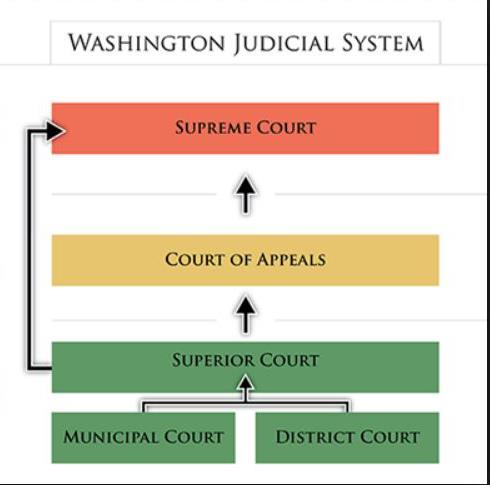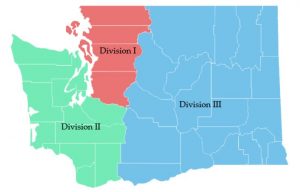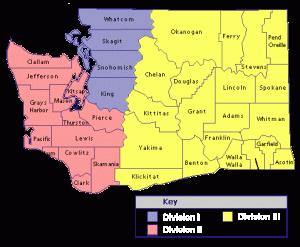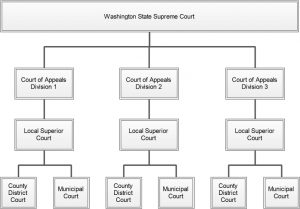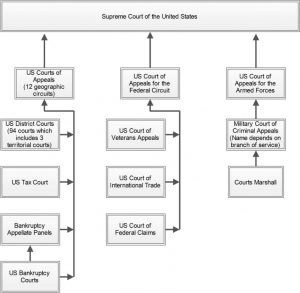“The difference between civil law … and criminal law turns on the difference between two different objects which the law seeks to pursue – redress or punishment…..” Tell me more.
Civil law is one of the hallmarks of mankind which sets apart the civilized from the barbarian. It marks the point at which the injured individual is no longer allowed to make himself whole through the use of violence or even mortal combat. Instead, rules are created by often complex institutions (legislature, congress, court system, etc) and imposed upon all members of a society for the greater benefit of society as a whole. Civil law is such a set of rules and is part of the social contract civilized people make in order to live and prosper.
In the United States there are three fundamental levels at which civil law is created. These are the federal, state, and local levels. In turn, laws are created at each of these levels by three institutions which are familiar from high school civics and government classes. They are the legislative, the executive, and the judicial branches of government.
Federal Level
The foundation of American law is the Constitution. Congress (legislative branch) writes and passes laws which are also called “statutes.” The President (executive branch) must sign the law passed by Congress before it can take effect. In the alternative, the President can veto a law to prevent it from taking effect but it is possible for the legislative branch to override a veto. The Supreme Court (judicial branch) can rule on the constitutionality of a law passed by Congress and signed by the President. If the court finds a law unconstitutional then it is null and void. Laws at this level are in effect across the entire nation.
State Level
With certain variations on the theme created by the federal system, state governments follow the same basic process. The legislature writes and passes laws, the governor can sign or veto laws, and the state supreme court rules on the constitutionality of the laws. Laws at this level are in effect only within the confines of the state.
Local Level
Though there is considerably more variation on the basic theme, most local governments are recognizable in terms of the federal system. Cities have a mayor or other executive position and counties have executives or commissioners (both represent the executive branch). Many cities and counties have councils made up of several people (the legislative branch). Finally, cities and counties have court systems which either mirror, or are a part of, the state court system.
As mentioned above, civil law is a hallmark of a civilized society. There are certainly different types of civil legal systems available or conceivable. The particular type of civil law system which exists in the United States, and the State of Washington in particular, is known as an adversarial system. In terms of cost it is certainly not the least expensive. In terms of efficiency it is certainly not the fastest or easiest to administer. It would certainly be both faster and less expensive if rulings in civil cases were based on a game of cards or the roll of some dice where the winner would receive the judgment in their favor. However, this type of system would violate at least two concepts which Americans hold dear. First, that judicial decisions should be based on knowable law that is applied equally to all parties and, second, that the process itself should also be reasonably fair to all parties.
The adversarial system, as created in the United States, is not perfect but does contain many components which result in a reasonably fair and workable system of law and justice. For instance, it provides the parties the opportunity to present their facts, or at least their view of the facts, in an open environment (the courtroom) before an impartial decision maker (the judge) and, if desired, before a jury of one’s peers. It also provides a certain finality to the decision making process which prevents repeated litigation of the same issues. Yet, even with the finality built into the system there is an outlet, the court of appeals, where serious issues of law can be argued, debated, and corrected. As cumbersome as the system appears from the outside our judicial system also contains rules which prevent the litigants from continuing their arguments forever, or at least until one or the other runs out of money. There is a balance between good process and efficiency.
Technology has had a profound impact on the law and the legal process. Starting with the invention of the printing press it has become easier to record and preserve, word for word, many important proceedings and decisions. Once written in a fashion that is reliable over time, our legal system has become one based on precedent instead of someone’s memory or whim. This is not to say civil law is static, indeed it is just the opposite as past decisions are reviewed against changes in society and culture.
The path a civil case takes is both simple and complex. It is usually initiated when the parties are unable to come to an agreement on how an aggrieved party should be compensated for some perceived injury. Typically the injured party will file a suit in a court within the proper jurisdiction and serve a summons and complaint upon the other party. The filing party (the party bringing the suit) becomes the plaintiff and the other party (the party being sued) becomes the defendant.
It is at this point the process server is most needed. In Washington, CR4(c) specifies who can serve a summons. It specifically excludes the parties from serving their own summonses. This is generally interpreted to mean the server must have no interest in the outcome of the case. Servers are generally referred to as a “disinterested party.”
Once the case is filed and served there are many different courses the case can take. Generally the defendant will file an answer to the complaint and then there may be a steady exchange of pleadings between the party’s attorneys. Depositions may be taken or interrogatories required.
At almost any step along the way the services of a process server may be needed. For instance, in order to require a witness to attend a deposition, or the trial itself, he must be served with a subpoena which has the effect of placing him under the jurisdiction of the court and puts him at risk if he fails to comply with the requirements of the subpoena.
This quiz is for logged in users only.


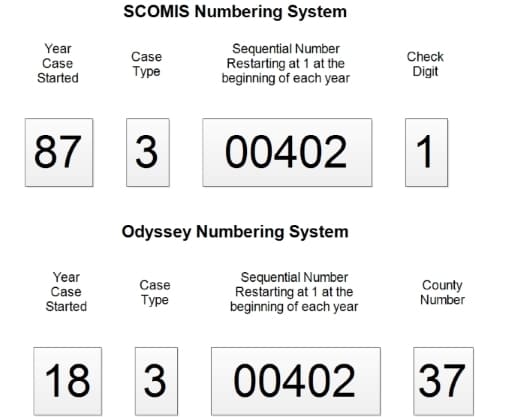
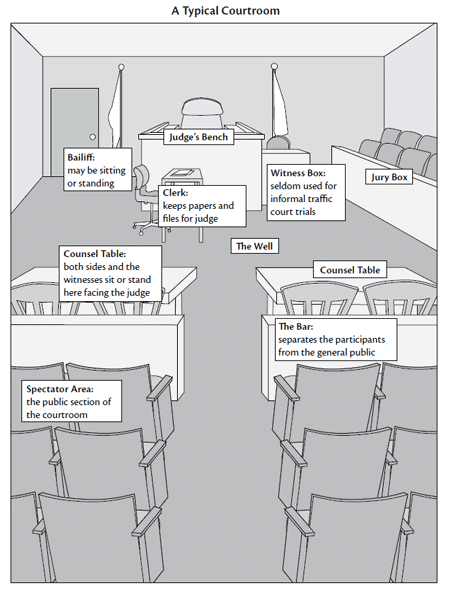 This is a rough diagram of a typical courtroom in the state of Washington. Courtrooms vary a great deal from city to city and county to county but they all have the same basic structure.
This is a rough diagram of a typical courtroom in the state of Washington. Courtrooms vary a great deal from city to city and county to county but they all have the same basic structure.